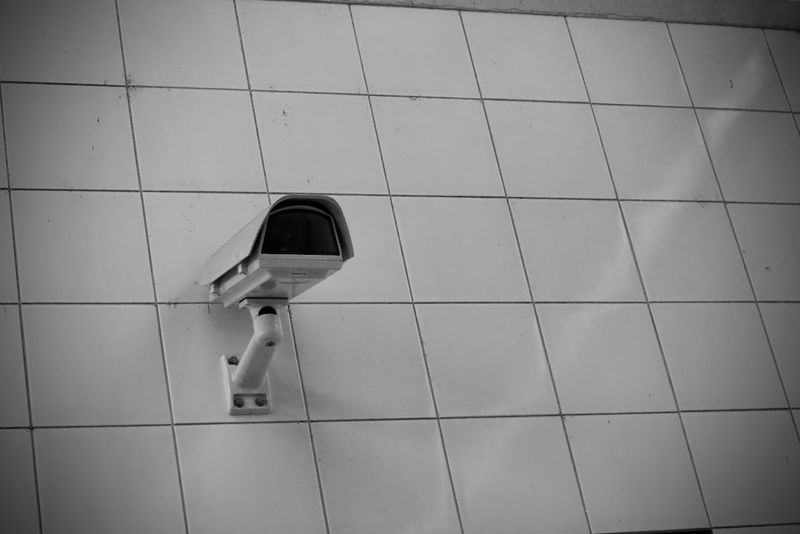Government CISA Releases Guidance on Adopting DDoS Mitigations
The United States Cybersecurity and Infrastructure Security Agency (CISA) has recently released new guidance to assist federal agencies in adopting distributed denial-of-service (DDoS) mitigations. DDoS attacks have become a prevalent method used by threat actors to flood servers or networks with internet traffic, rendering the target inaccessible. CISA’s guidance aims to help federal agencies prevent large-scale volumetric attacks against web services and provides detailed information on prioritizing DDoS mitigations based on mission and reputational impact.
Understanding DDoS Attacks
DDoS attacks can be highly disruptive and damaging to organizations, including federal agencies. By overwhelming a target system’s resources with a flood of traffic, these attacks can effectively shut down websites and web services, preventing users from accessing the information or services provided. The consequences of such attacks can range from inconvenience to severely impacting an agency’s ability to carry out its mission. Therefore, it is crucial for federal agencies to take proactive measures to mitigate the risk posed by DDoS attacks.
Assessing and Prioritizing DDoS Mitigations
CISA’s guidance advises federal agencies to begin the process of adopting DDoS mitigations by conducting an inventory of agency-owned or -operated web services. This analysis enables agencies to identify potential targets for DDoS attacks and evaluate the potential impact such attacks would have on critical services and operations.
To further prioritize DDoS mitigations, CISA proposes five categories of impact: impact on public transactions, impact on public access to information, impact on government and industry partnerships, impact on the agency’s day-to-day activities, and reputational impact. Federal agencies are encouraged to assign scores to each impact category and weight their importance based on mission and risk tolerance. This allows agencies to make more informed decisions when determining which mitigations to adopt.
Selecting the Right Mitigation Strategies
When considering the adoption of mitigations against DDoS attacks, federal agencies are advised to explore various options, including content delivery networks (CDNs), internet service providers (ISPs) and upstream providers, and cloud service provider hosted services. According to CISA, CDN mitigations provide the highest level of protection, followed by ISPs and cloud service providers. On-premises solutions, while an option, may not provide sufficient compute and bandwidth resources, making CDN solutions the recommended choice.
Implications and Recommendations
CISA’s release of guidance on adopting DDoS mitigations highlights the increasing importance of cybersecurity for government agencies. As the use of technology becomes more prevalent and online services become critical to public operations, protecting against DDoS attacks is crucial.
However, this guidance brings to light the broader issue of cybersecurity in our interconnected world. DDoS attacks are just one example of the numerous threats faced by organizations and individuals alike. As technology continues to advance, it is essential for governments, businesses, and individuals to prioritize cybersecurity and take proactive measures to protect sensitive information and critical systems.
In light of this guidance, federal agencies should carefully assess their current cybersecurity measures and ensure they have robust DDoS mitigations in place. It is crucial for agencies to regularly review and update their security practices, staying up to date with the latest threats and mitigation strategies. Additionally, agencies should consider collaborating with industry experts and adopting best practices to enhance their cybersecurity posture.
Overall, the release of CISA’s guidance on adopting DDoS mitigations serves as a reminder that cybersecurity is an ongoing process that requires constant vigilance and adaptation. By prioritizing the protection of digital assets and taking proactive measures to defend against cyber threats, organizations can safeguard their operations and maintain the trust of the public.

<< photo by cottonbro studio >>
The image is for illustrative purposes only and does not depict the actual situation.
You might want to read !
- The Rising Threat: Nation-State Hackers Exploit Fortinet and Zoho Vulnerabilities
- Exploring Tenable’s Strategic Expansion: Acquisition of Cloud Security Firm Ermetic
- Cyber Espionage Unveiled: Tracing North Korean APT’s Attack on Security Researchers
- China’s AI-Powered Propaganda Machine: A Disturbing Path to Viral Influence
- The Future is Now: Rwanda’s Bold Leap into Smart Cities
- Unmasking the Veil: Investigating the DDoS Rampage of Hacktivist Group ‘Mysterious Team Bangladesh’
- The Rising Threat: How DDoS Botnets Exploit Zyxel Devices for Devastating Attacks
- The Rise of Multi-Botnet DDoS Attacks: Exploiting the Zyxel Vulnerability




